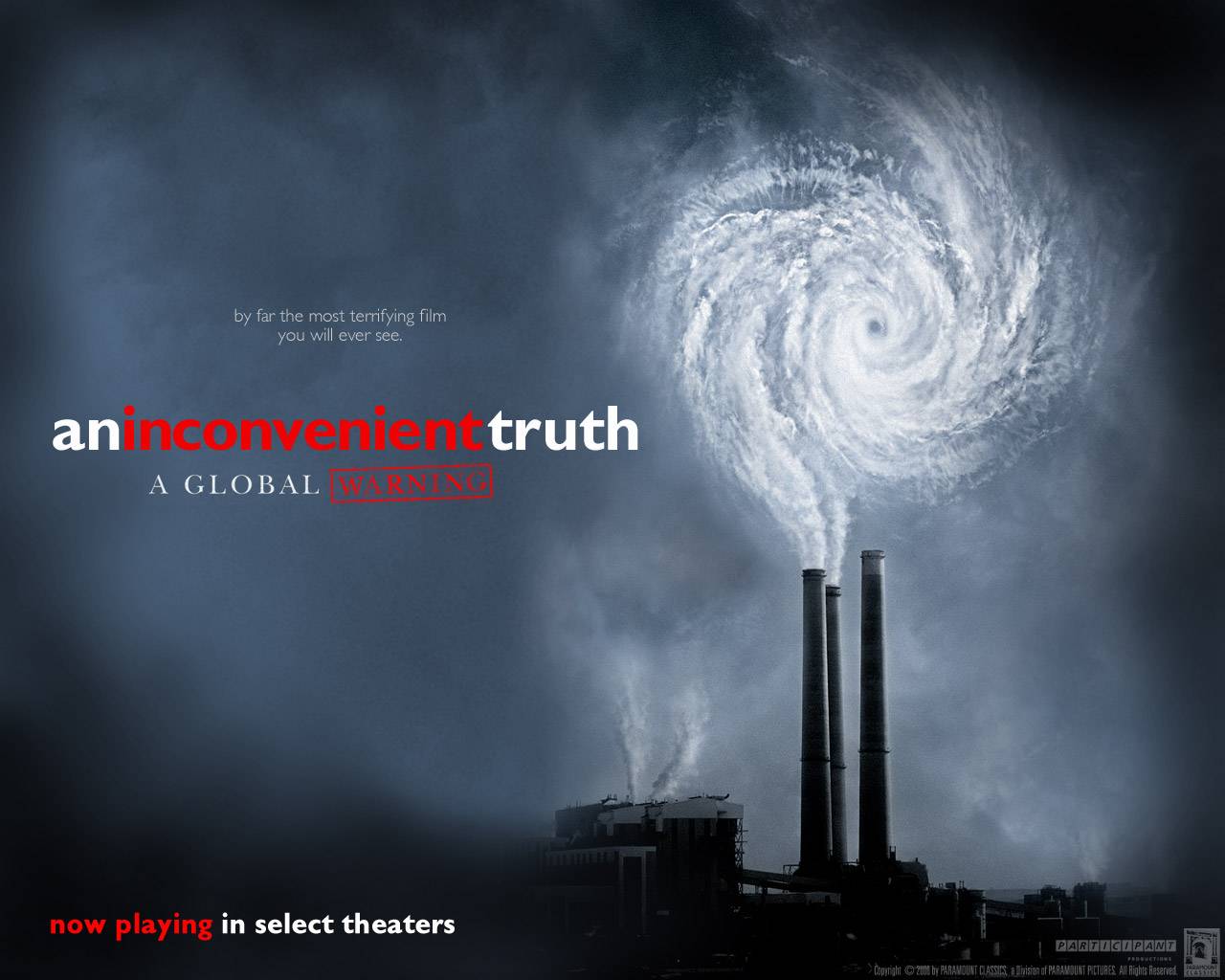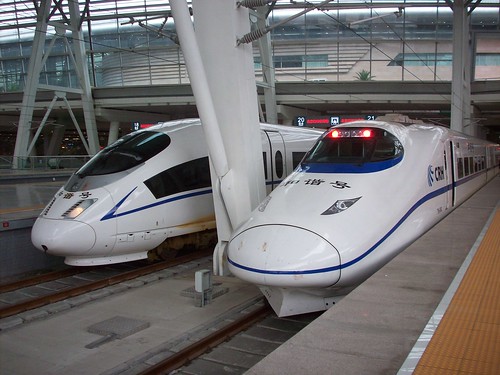Jalopnik’s Words of Wisdom – Five Ways To Get Screwed By “Cash For Clunkers” a.k.a. Car Allowance Rebate System (C.A.R.S.) Act
(Source: Jalopnik)
Now that the President has signed the “Cash For Clunkers” into a bill, a lot of you may be thinking hard about trading your old meta for a shiny new one. Through various articles Transportgooru has already discussed in great lengths about the details associated with the Cash for Clunkers, including the eligibility criteria for trading your old vehicle.
To add to that, our good friends at Jalopnik have put together this awesome list (see below), which I think is a must read for anyone who is contemplating a trade under Cash for Clunkers program. Here is the list in reverse order.
5.) Buy A Clunker Now!
Some unscrupulous sellers may try and convince you to buy a clunker for a few hundred dollars with the promise of being able to trade it in for a $4,500 voucher. In reality, if you haven’t owned your car and kept it running and insured for a year you’re not eligible. Don’t buy a beater unless you want to keep it for a while.
4.) Trade In Your Car Early! –
We’ve read reports on forums of people already taking advantage of the Cash for Clunkers bill. In reality, they’re being taken advantage of. The law has been signed, but the National Highway Transportation Safety Administration hasn’t finalized the rules. It probably won’t go into affect until after July 24th. If you are being offered a “voucher” on your clunker you’re really just getting money for your trade-in, which the dealer can then resell. The most you lose is your car, but the dealer could face a fine of up to $15,000.
3.) Scrap A Car Worth More Than The Voucher
The used car market isn’t great right now, but this doesn’t mean your vehicle doesn’t have some value. Make sure to check the value of your car using a resource like KBB before trading in an older car that, it turns out, is worth more than $4,500 or $3,500 on the open market. Dealers have a greater incentive to sell you a new car and scrap your old one than to get the value of your trade-in “clunker.”
2.) Get Denied For Other Discounts
The voucher program is not designed to be a stand-alone discount program, meaning you’re still eligible for whatever other discounts automakers are offering (and there are a lot of those). With 0% financing and thousands cash back you’re getting cheated if you just get the value of your trade-in off a new car. The average incentive, according to Edmunds, was $2,930 for June. So you could possibly get $4,500 + $3,000 off of a new car.
1.) Avoid Moving Up To A More Profitable Class
If you own a truck or SUV you can use your voucher to trade it in for a car and, likely, get a larger voucher. Many dealerships will want to put you into a new truck because they’re more expensive than most cars, but if you don’t need a truck you can trade your old one in and find an inexpensive car with 10 MPG better fuel economy, which qualifies you for $4,500. For example, if you’ve got a 1991 V6 Ford F-150 you can trade it in for a $15,000 2009 Ford Focus for your kid and get the full $4,500 off, instead of paying upwards of $20,000 for a new truck and only getting a $3,500 voucher.











